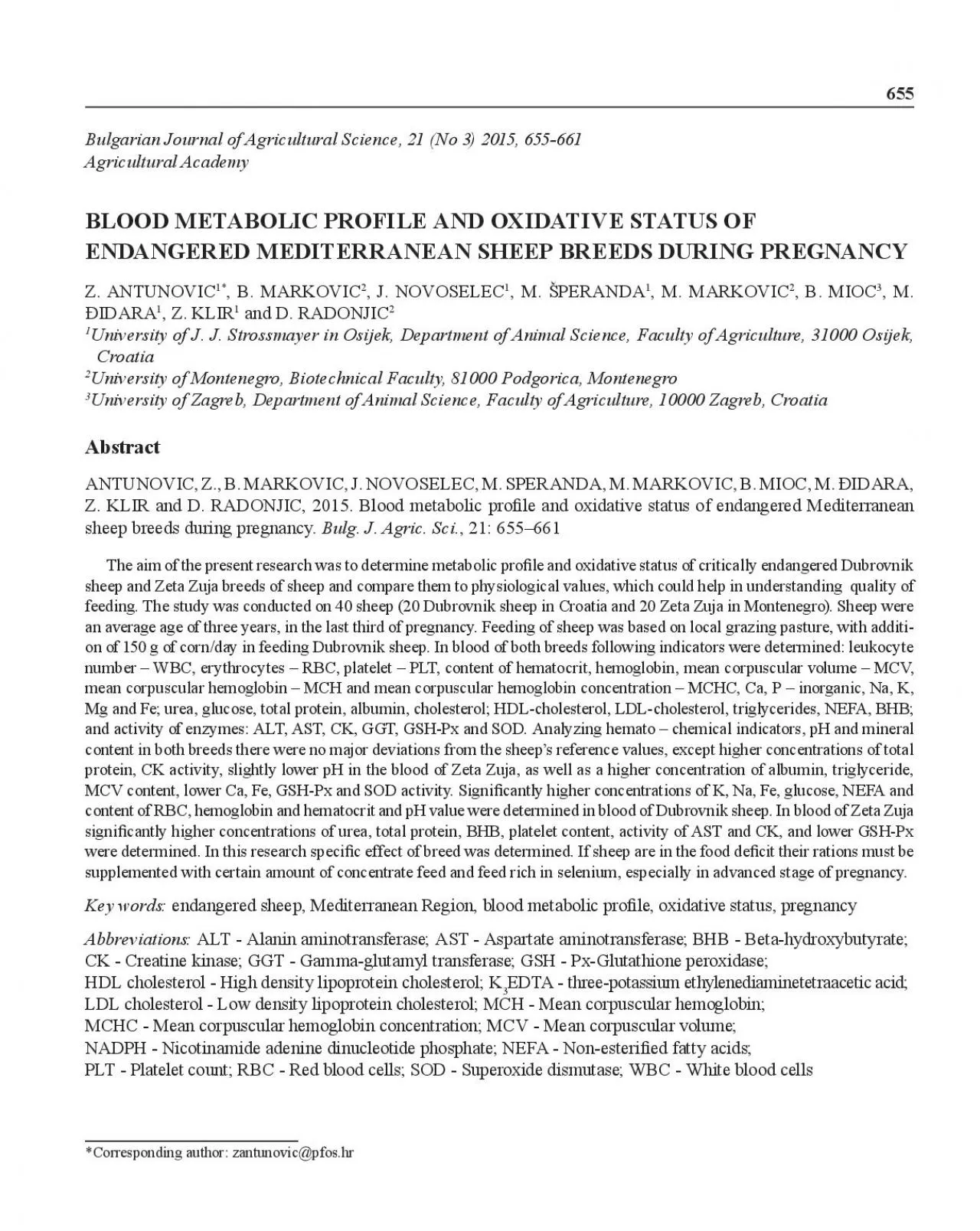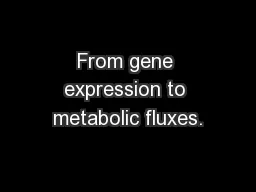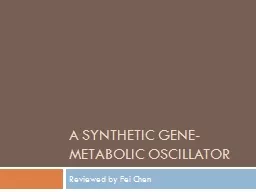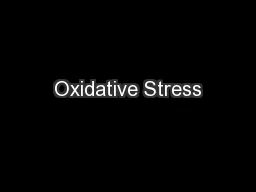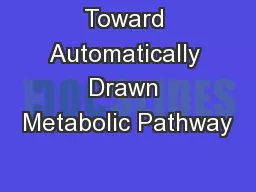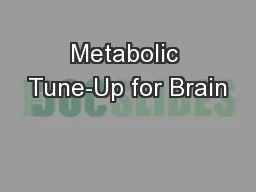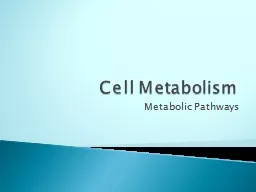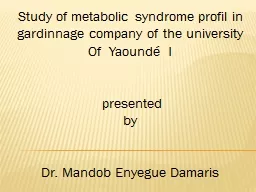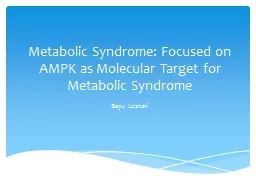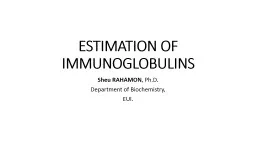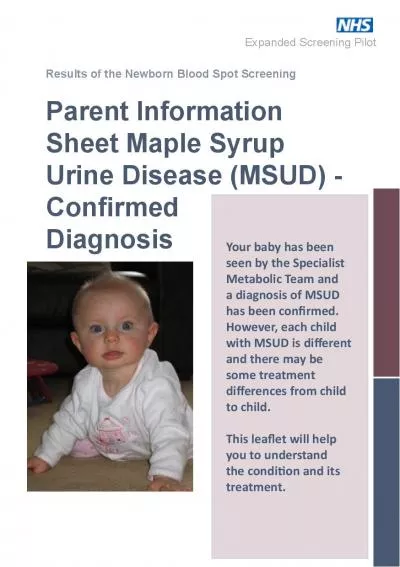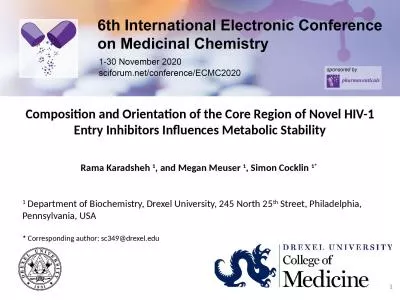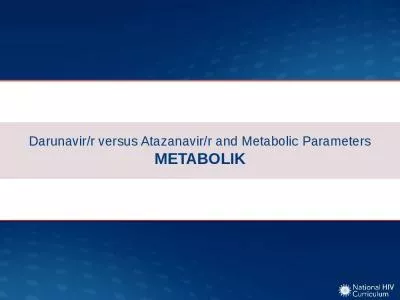PDF-Blood Metabolic Prox00660069le and Oxidative Status of Sheep during
Author : davies | Published Date : 2021-07-06
Marković B Z Antunović J Novoselec M Marković and Ž Klir 2013 Comparison oft he exterior characteristics of the endangered sheep breeds in Montenegro and Republic
Presentation Embed Code
Download Presentation
Download Presentation The PPT/PDF document "Blood Metabolic Prox00660069le and Oxida..." is the property of its rightful owner. Permission is granted to download and print the materials on this website for personal, non-commercial use only, and to display it on your personal computer provided you do not modify the materials and that you retain all copyright notices contained in the materials. By downloading content from our website, you accept the terms of this agreement.
Blood Metabolic Prox00660069le and Oxidative Status of Sheep during: Transcript
Download Rules Of Document
"Blood Metabolic Prox00660069le and Oxidative Status of Sheep during"The content belongs to its owner. You may download and print it for personal use, without modification, and keep all copyright notices. By downloading, you agree to these terms.
Related Documents

